In the game of chess, each player aims to protect their own king while trying to checkmate the opponent's king. A commonly asked question among beginners and casual players is whether a king can check another king. This article provides a detailed exploration of this question.
Understanding the Basics of Chess
Before addressing the main question, it's crucial to understand some fundamental rules of chess. Chess is played on an 8x8 board with specific pieces for each player: the King, Queen, Rooks, Knights, Bishops, and Pawns. Each type of piece has its own rules of movement. The king can move only one square in any direction: up, down, left, right, or diagonally.
The Rule of King’s Safety
The primary concern in chess is the safety of the king. A key rule related to this is that no piece can move in such a way that leaves or places their king in check. A check occurs when the king is under immediate threat of capture on the next turn by an opponent's piece. To get out of check, a player must move the king to safety, block the check with another piece, or capture the threatening piece.
Why a King Cannot Check Another King
According to the rules of chess, the kings maintain a distance where they cannot threaten each other directly. Here’s why a king cannot check another king:
- Movement: A king moves one square in any direction. For one king to check another, they would need to move within one square of each other.
- Illegal Move: It is illegal in chess for one king to move into a square that is adjacent to the opposing king. Doing so would put the moving king in a position to be captured, which violates the fundamental rule of not moving your king into check.
Therefore, in practical terms, a scenario where one king directly places another king in check is impossible in legal chess play.
Strategic Implications
While a king cannot check another king, understanding the spatial relationship between the two kings can be strategically important. For example, 'opposition' in chess is a situation where two kings stand on the same line, with only one square between them. This positioning is crucial in endgames, where forcing the opposing king into a disadvantageous position can lead to a favorable outcome, typically in pawn endgames.
Conclusion
In conclusion, a king cannot legally move into a position where it checks another king. Such a move would be considered a blunder because it places the king into a position where it can be captured, thus violating the rules of the game. Understanding this rule helps players protect their king effectively and strategize better in terms of positioning their most crucial piece on the board.
Explore our large collection of luxurious chess sets!


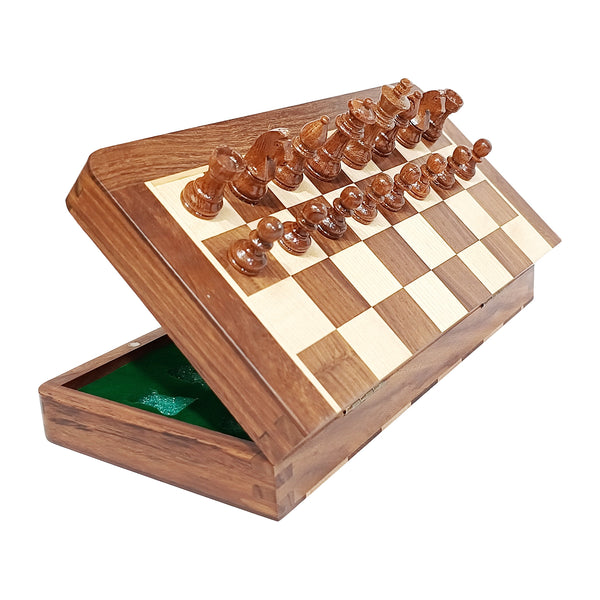
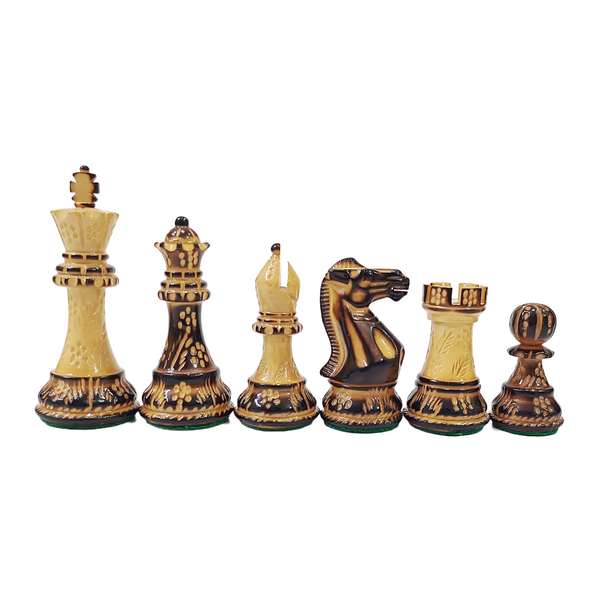
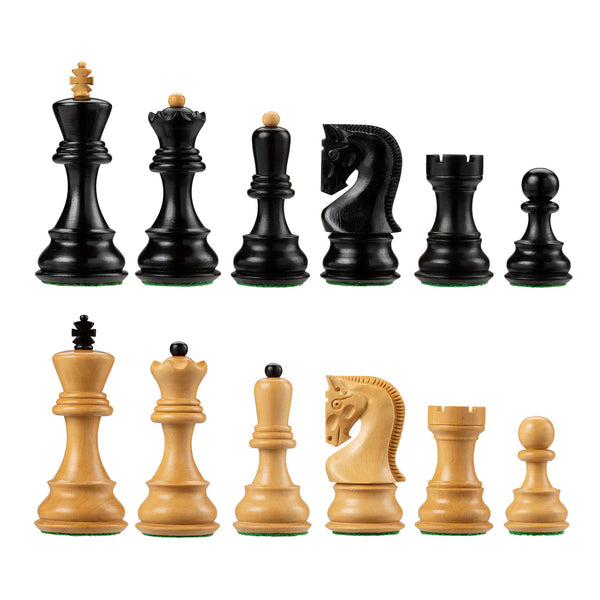
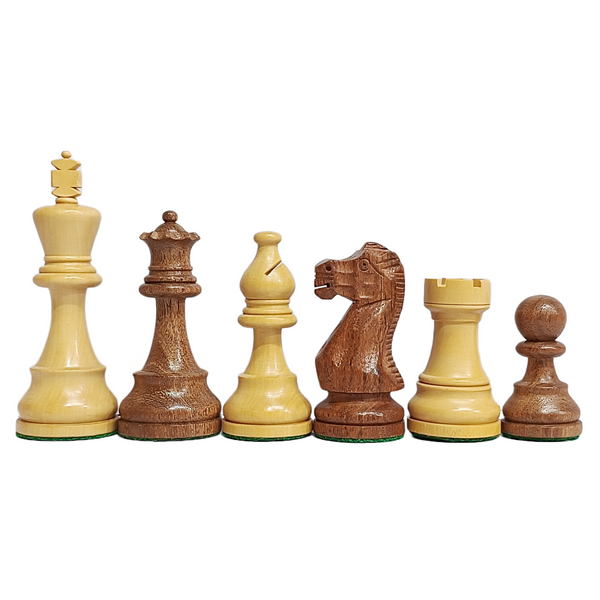

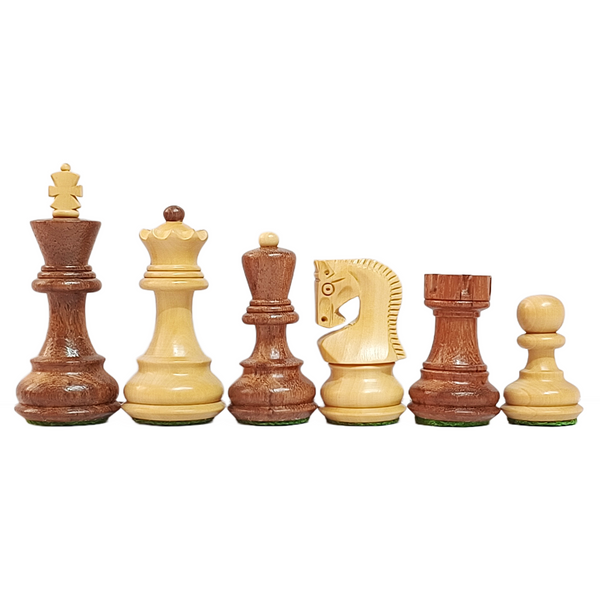






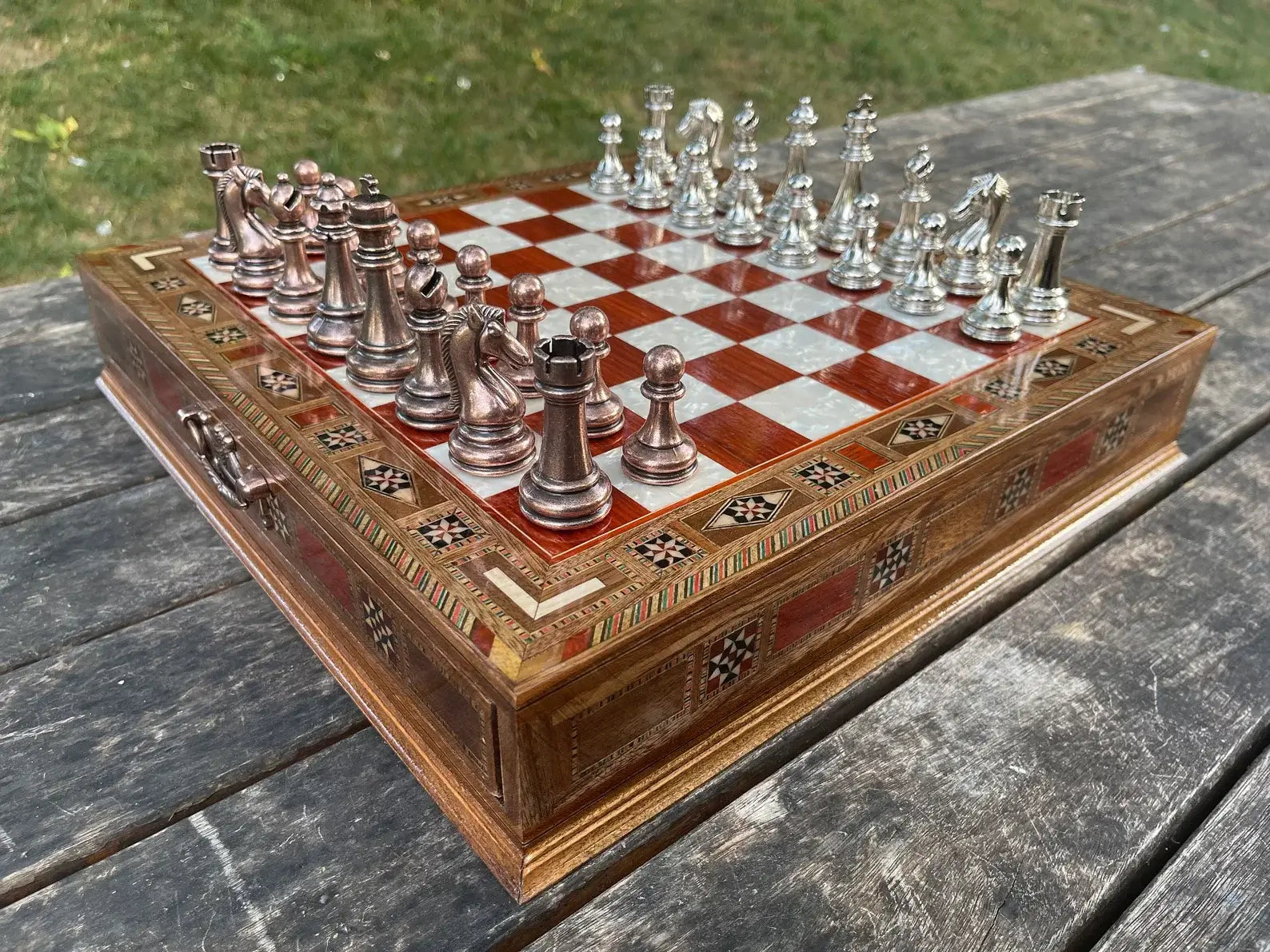
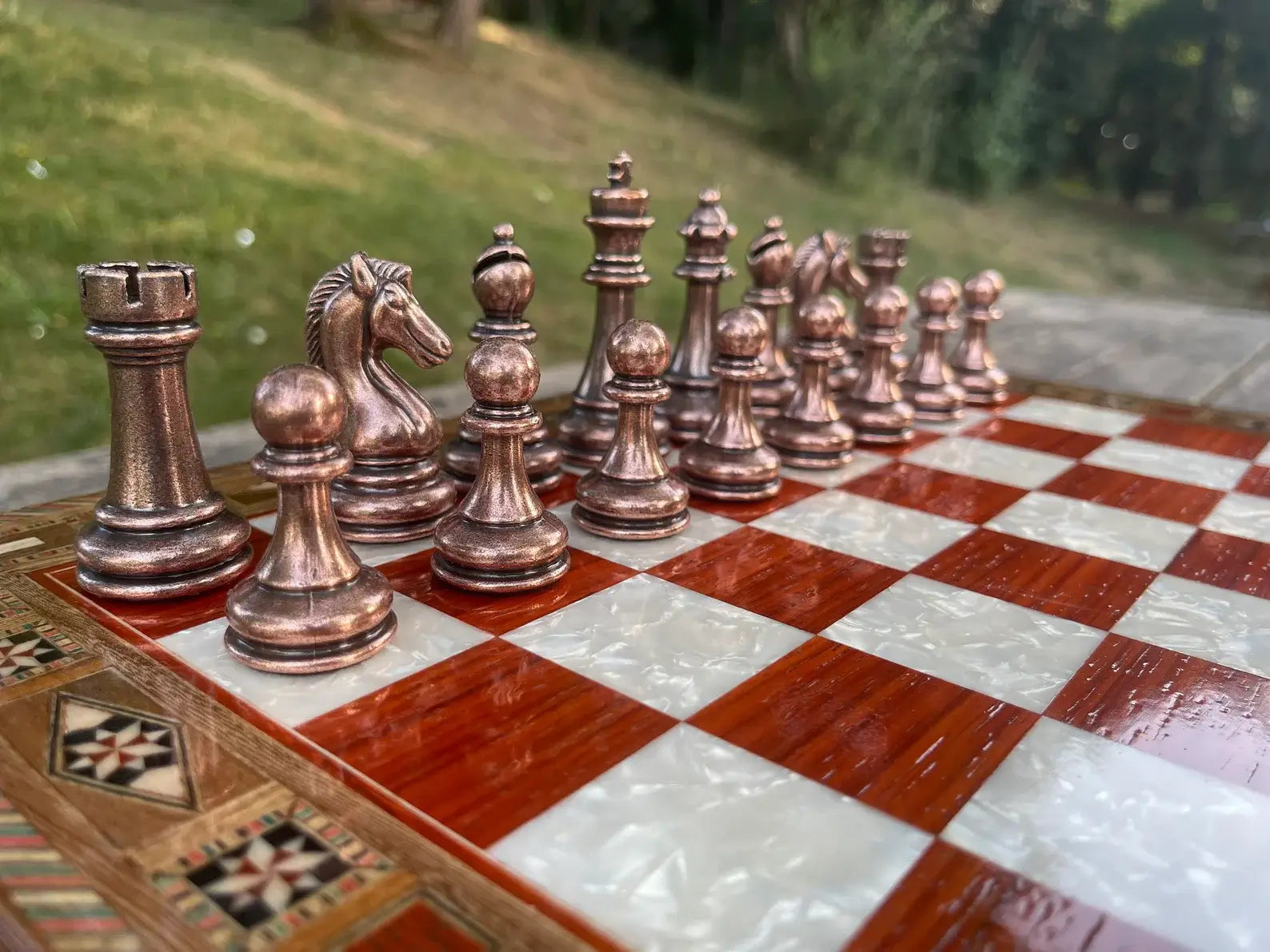
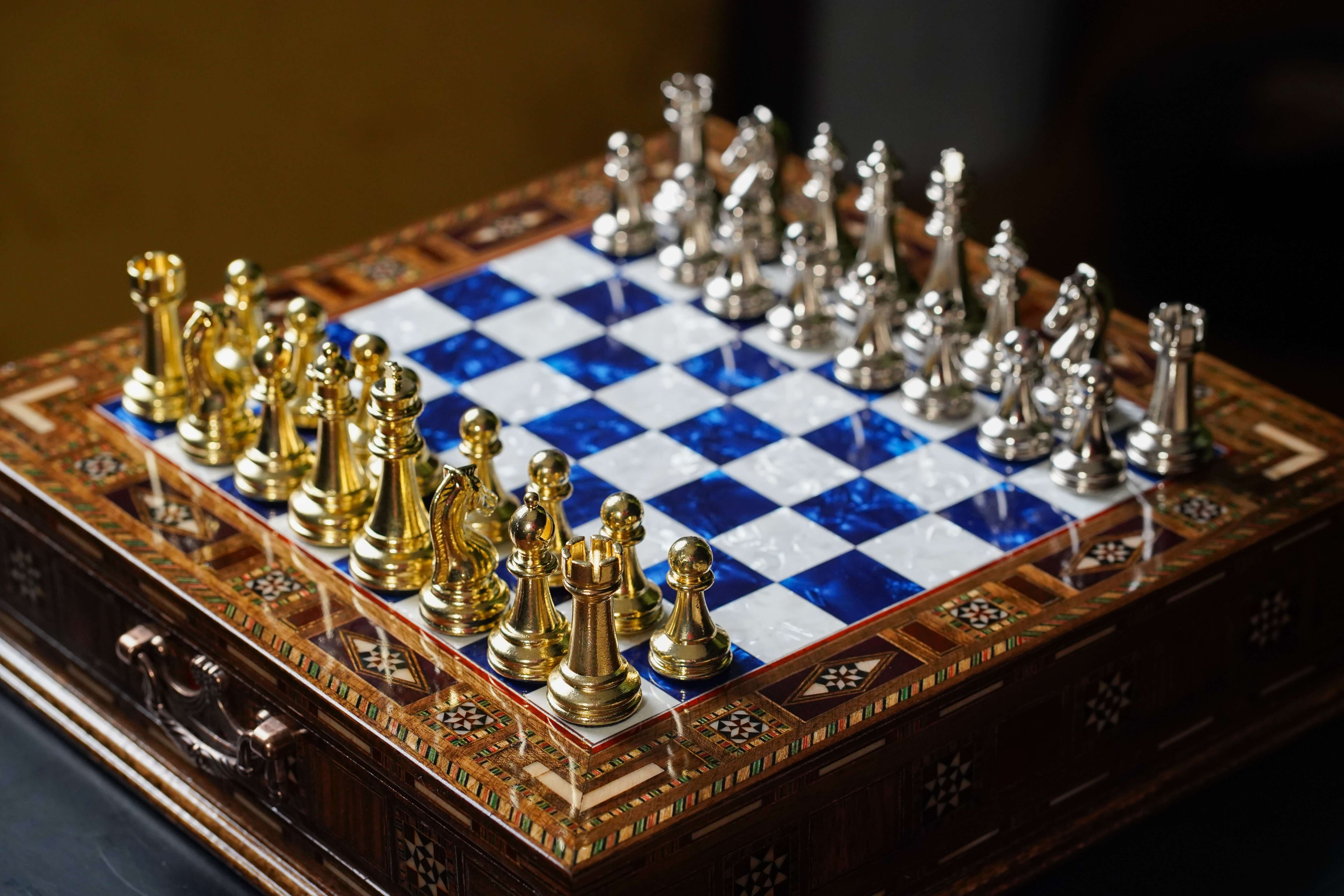
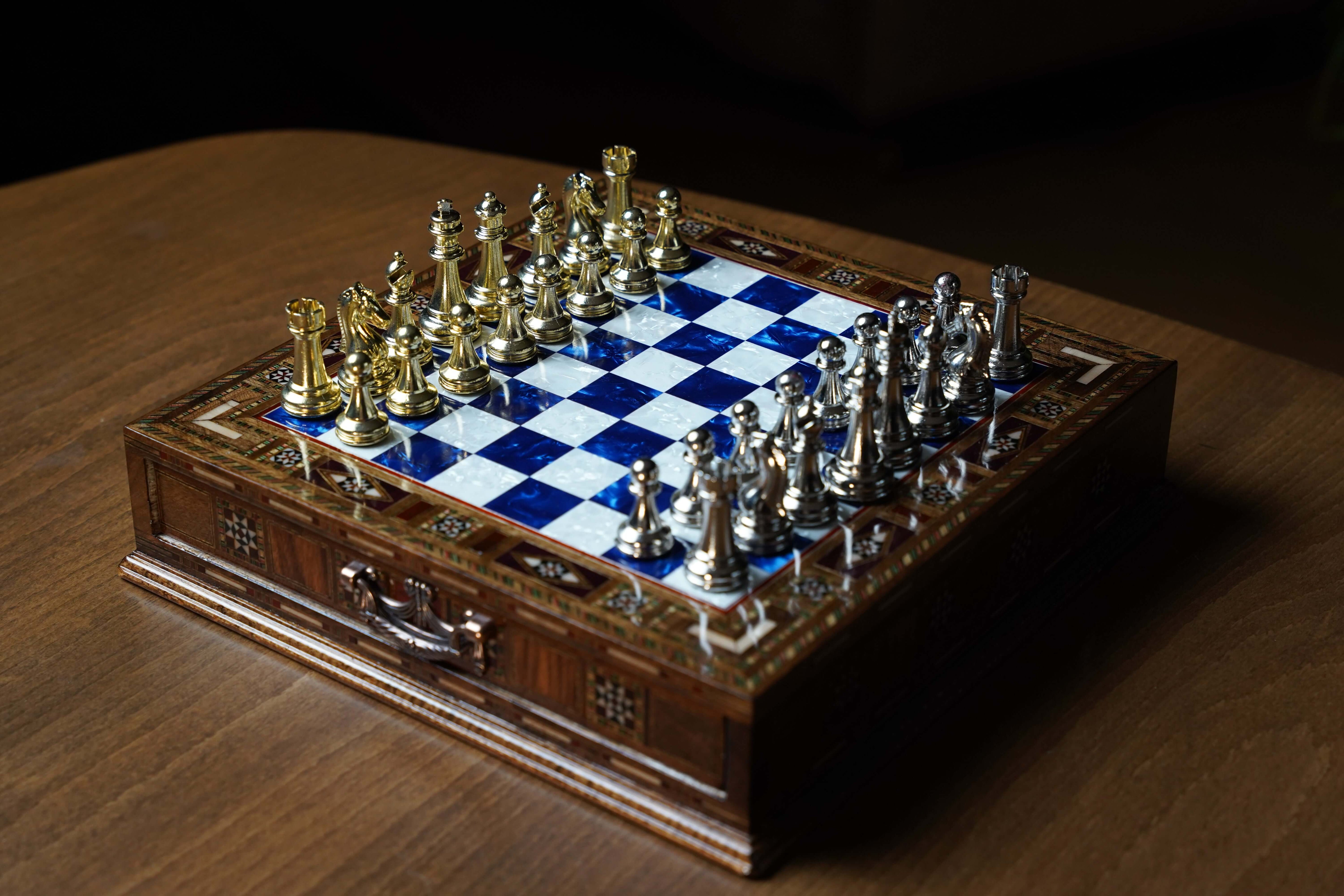
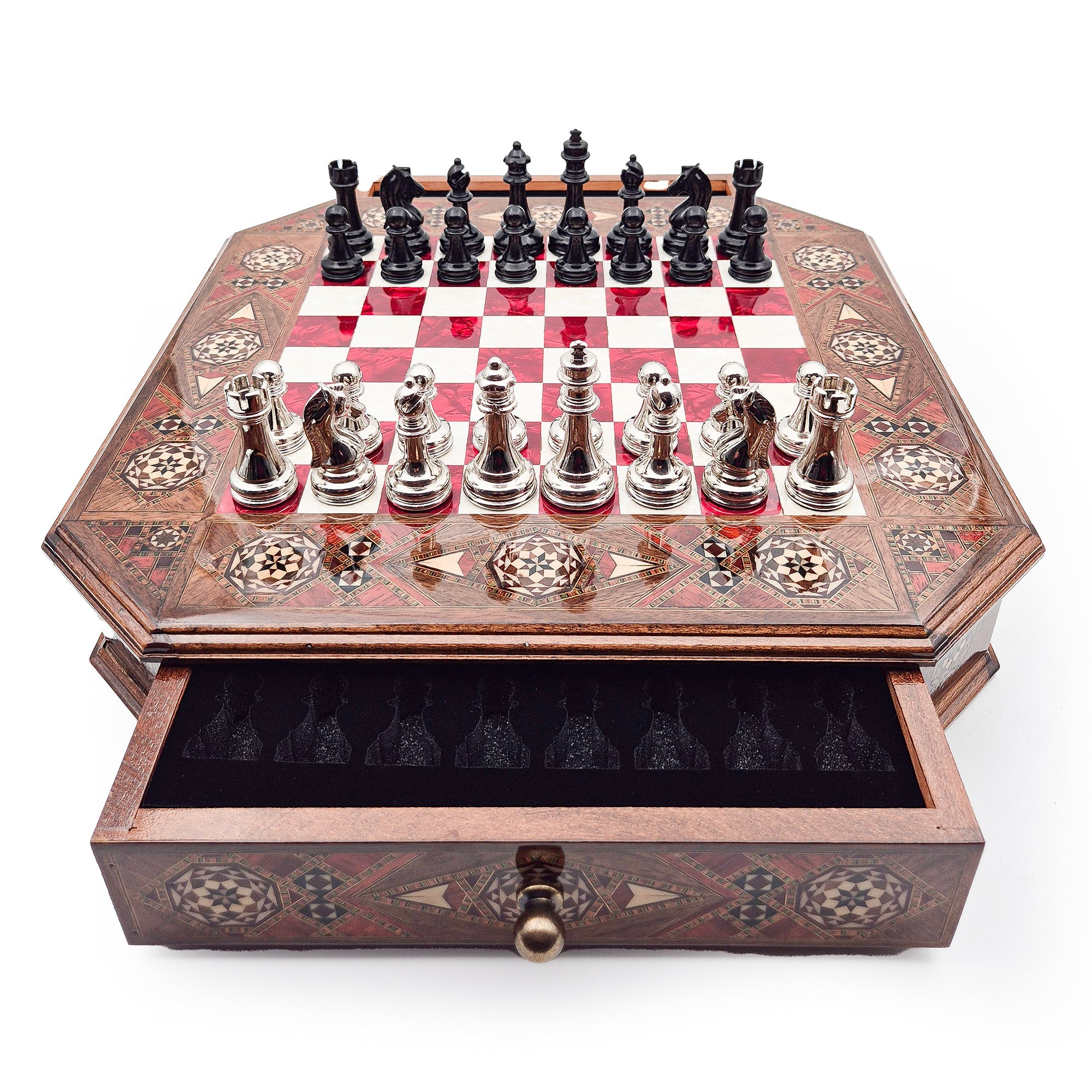
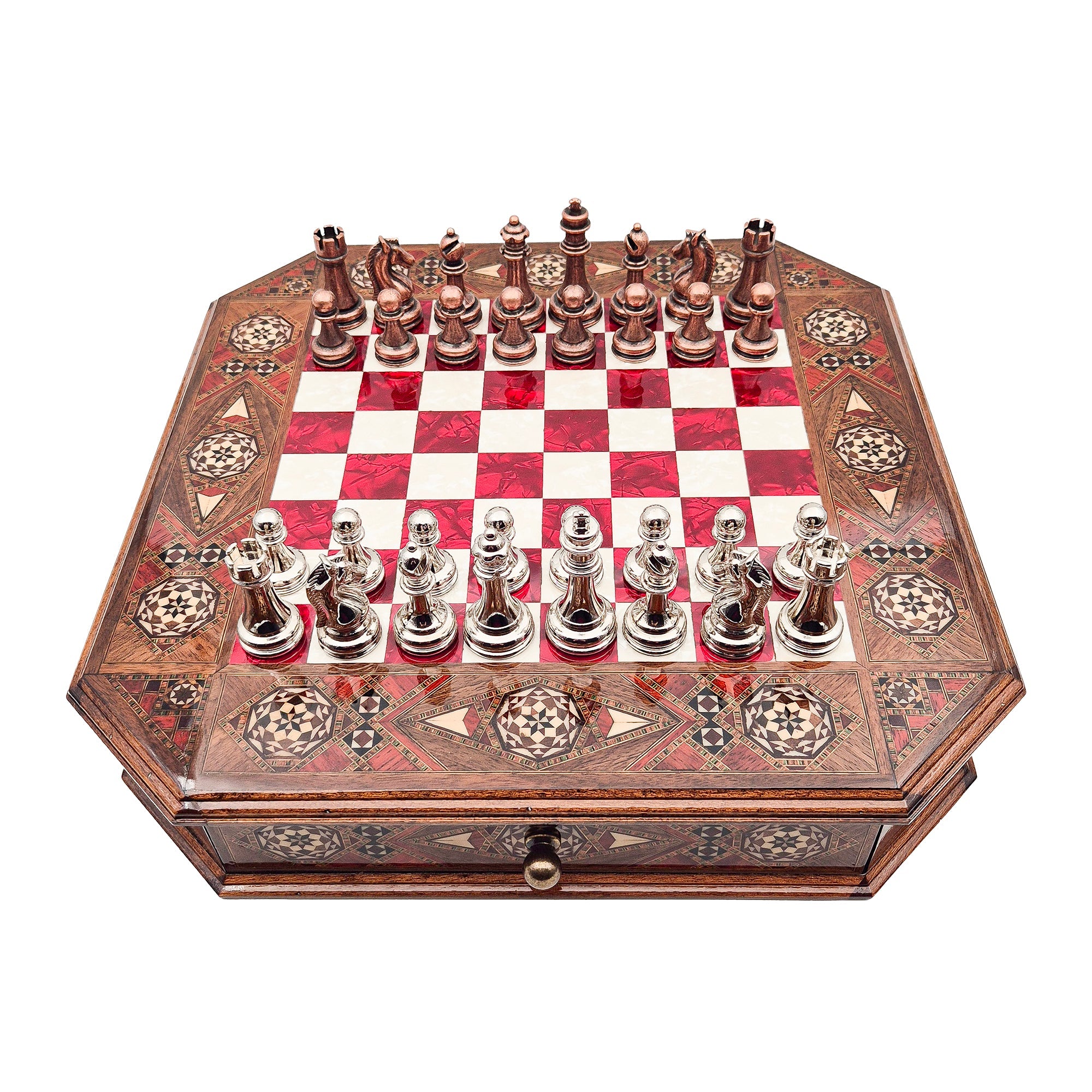
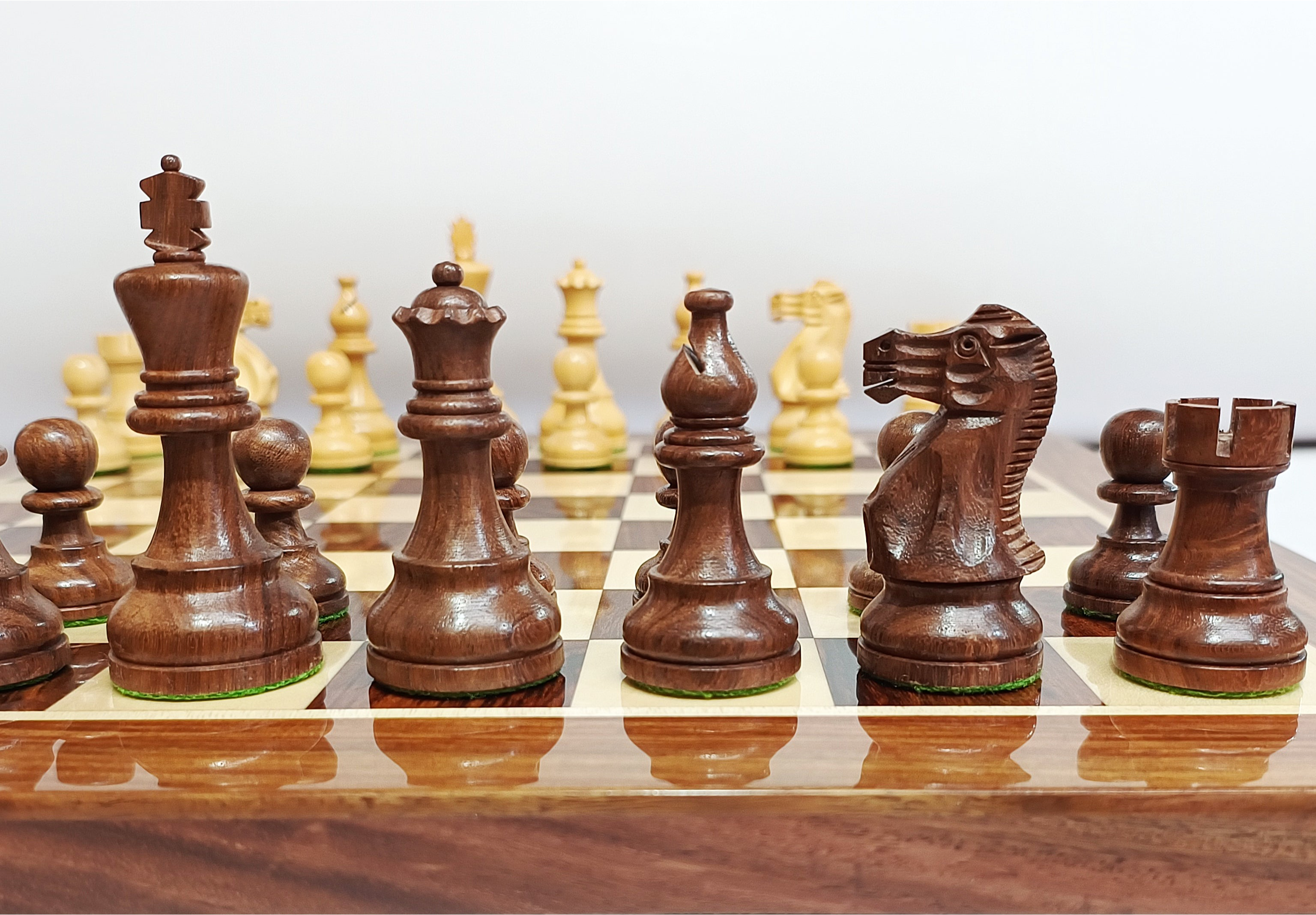

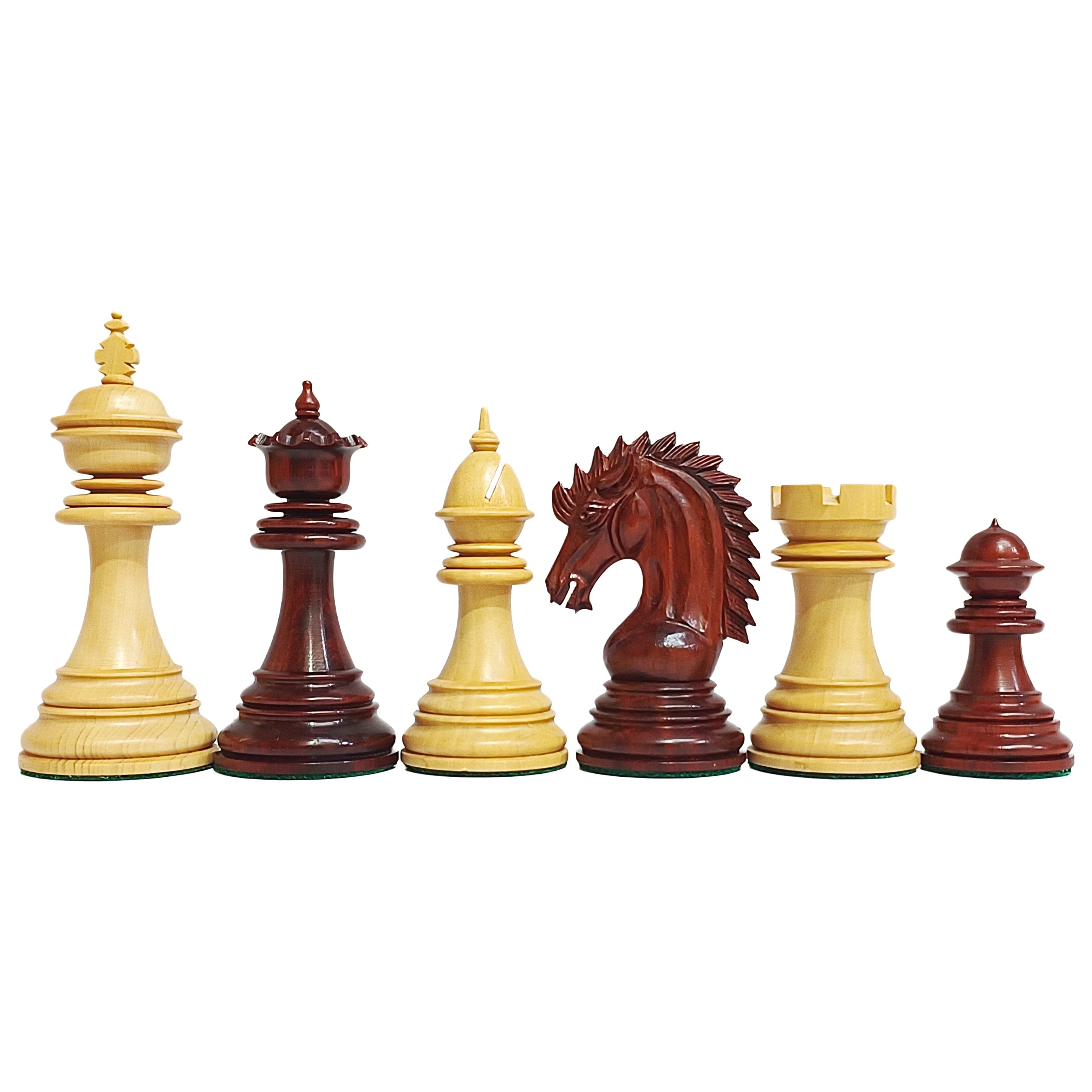
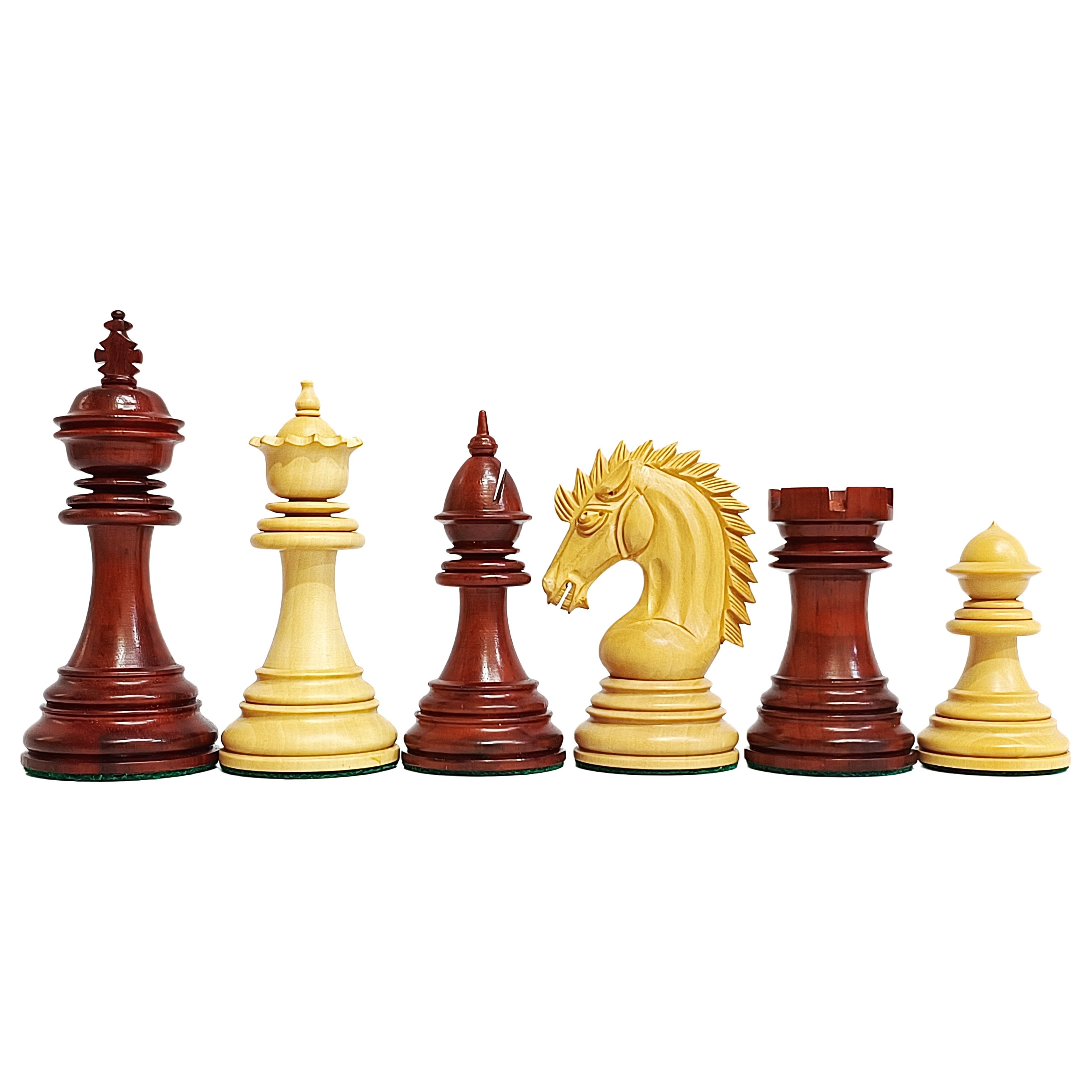
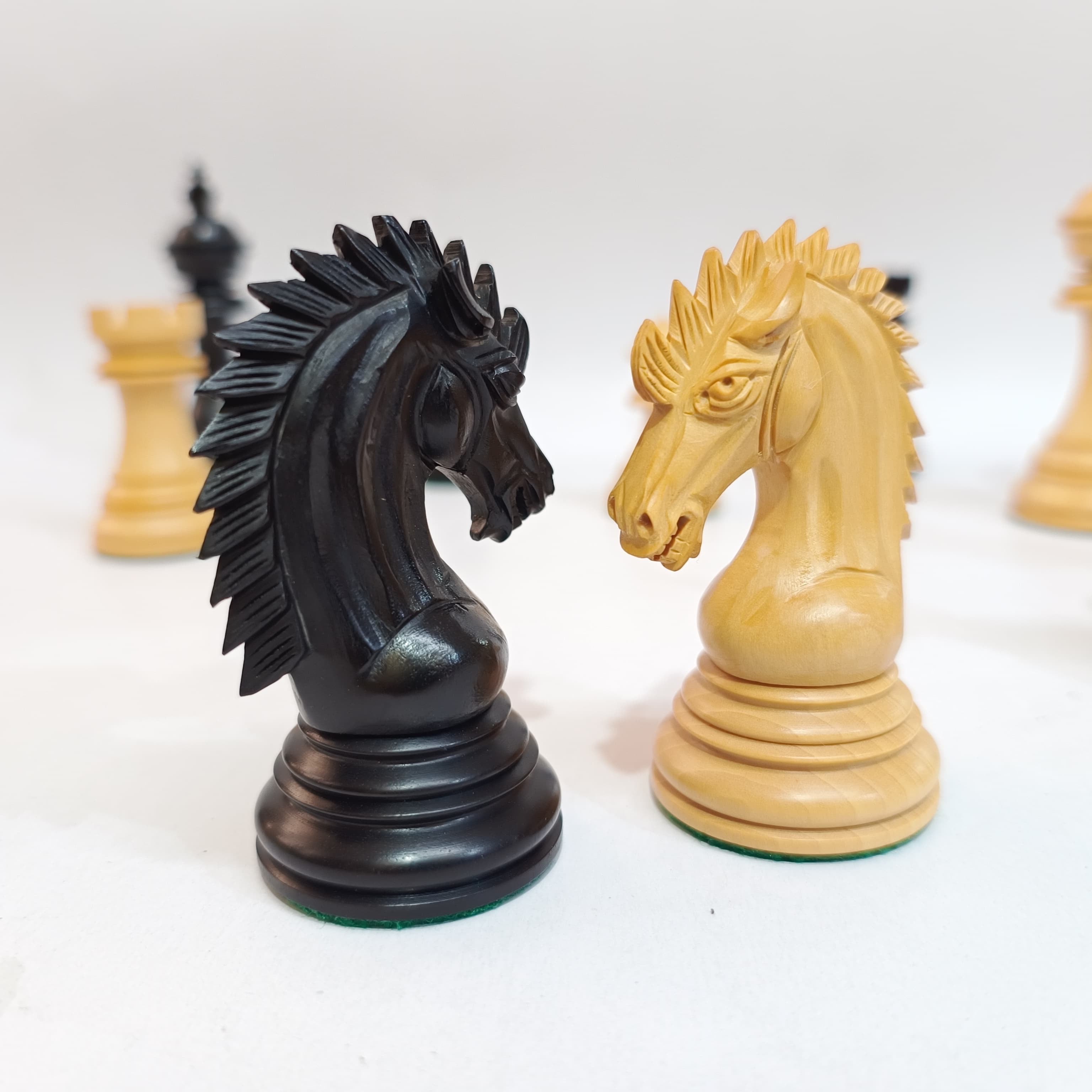
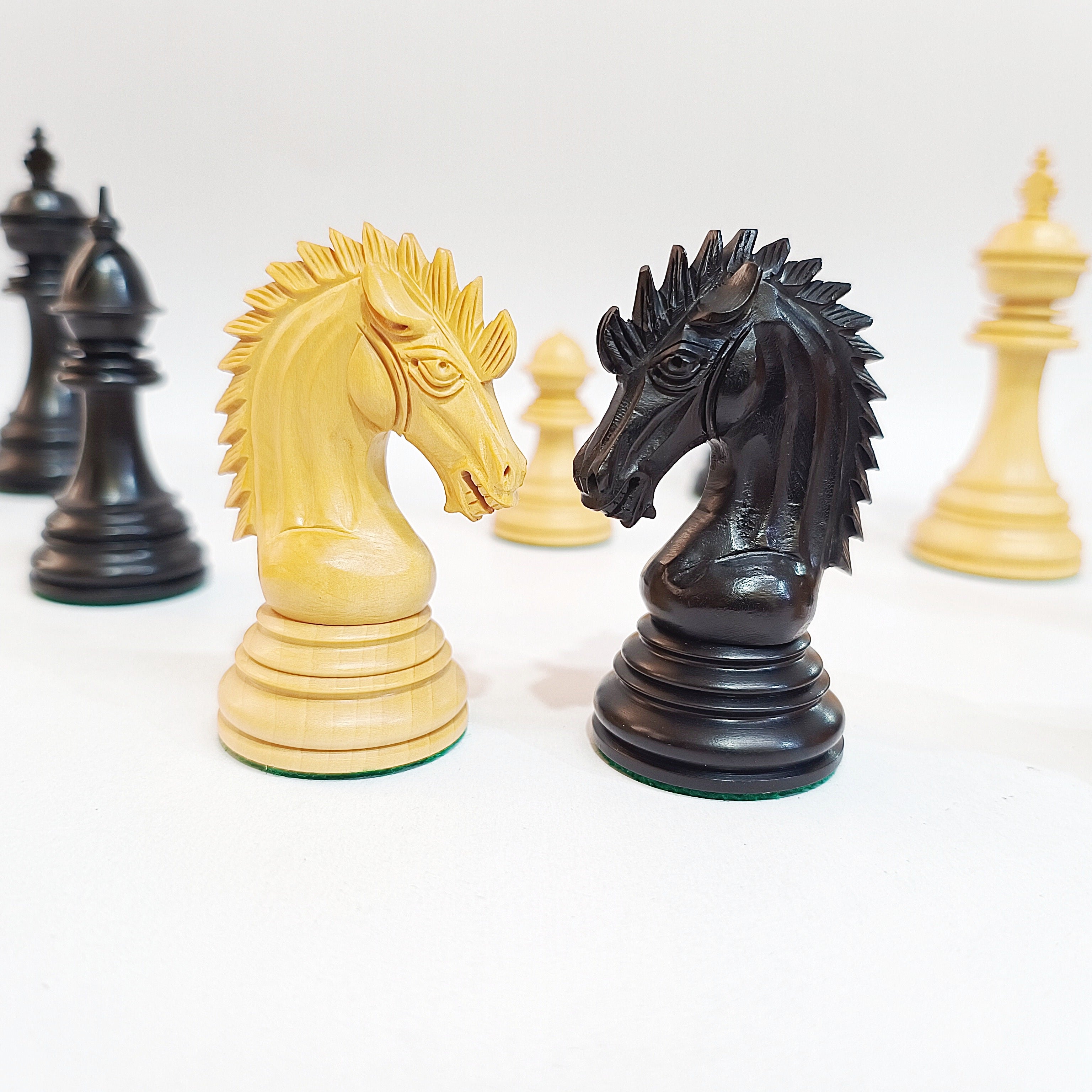
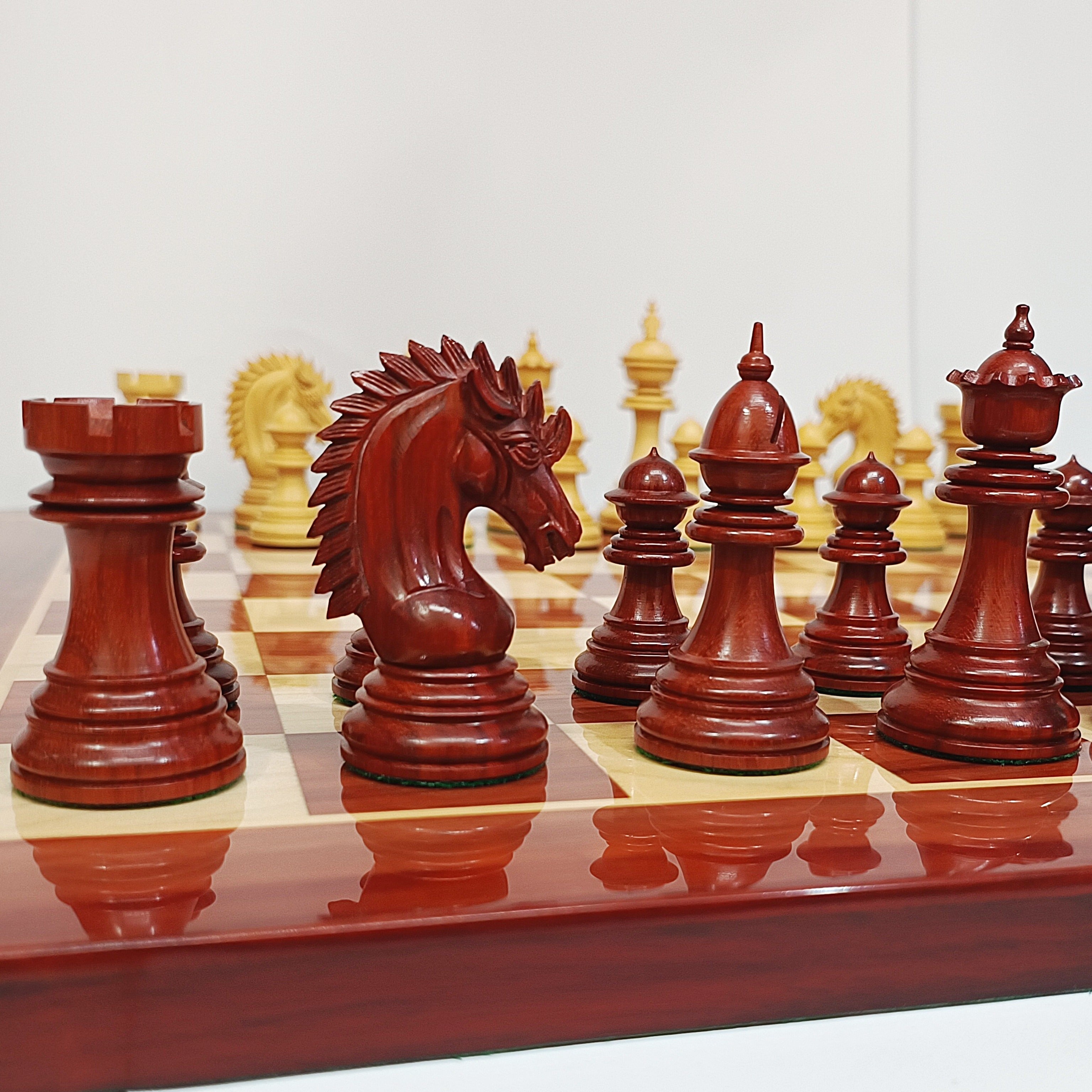
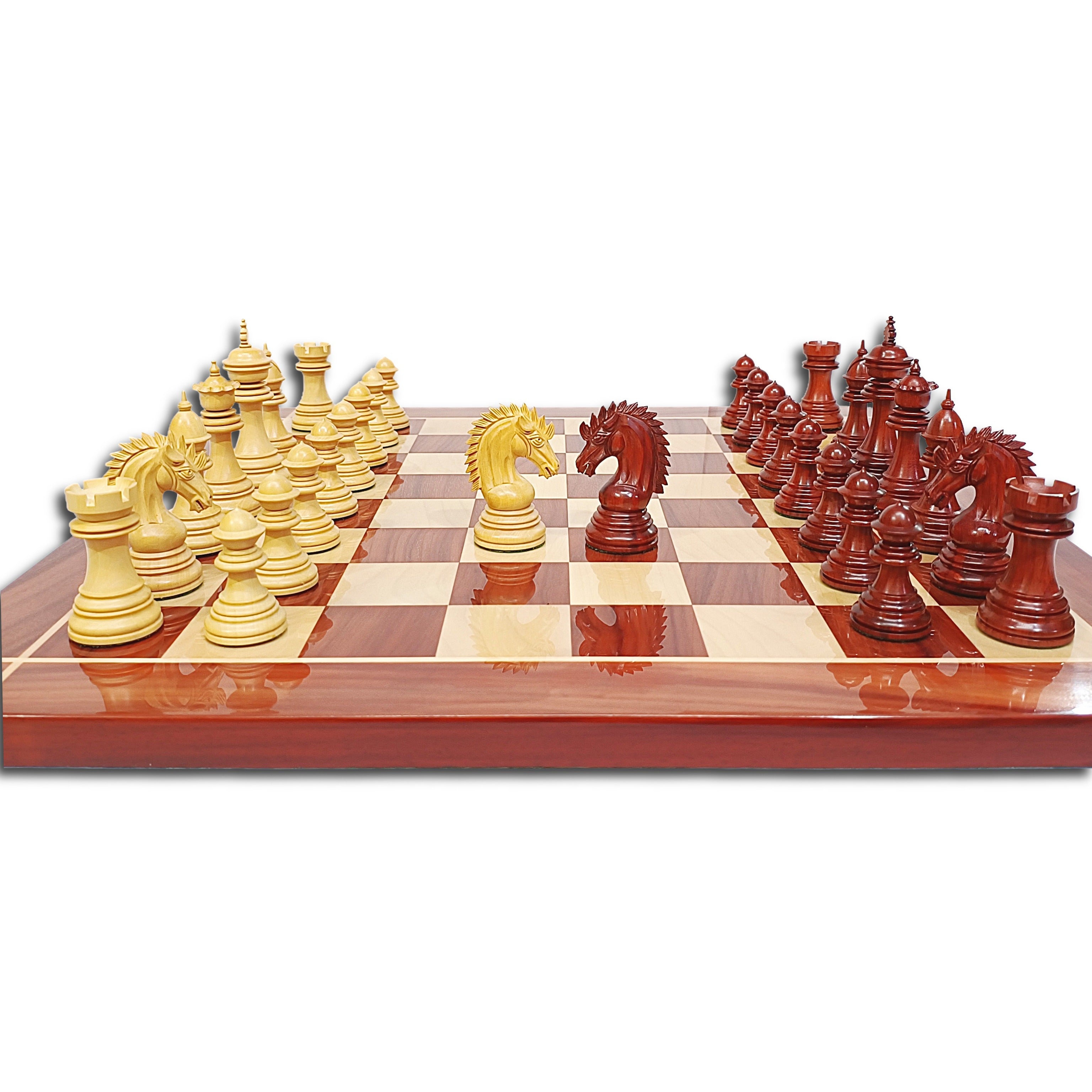

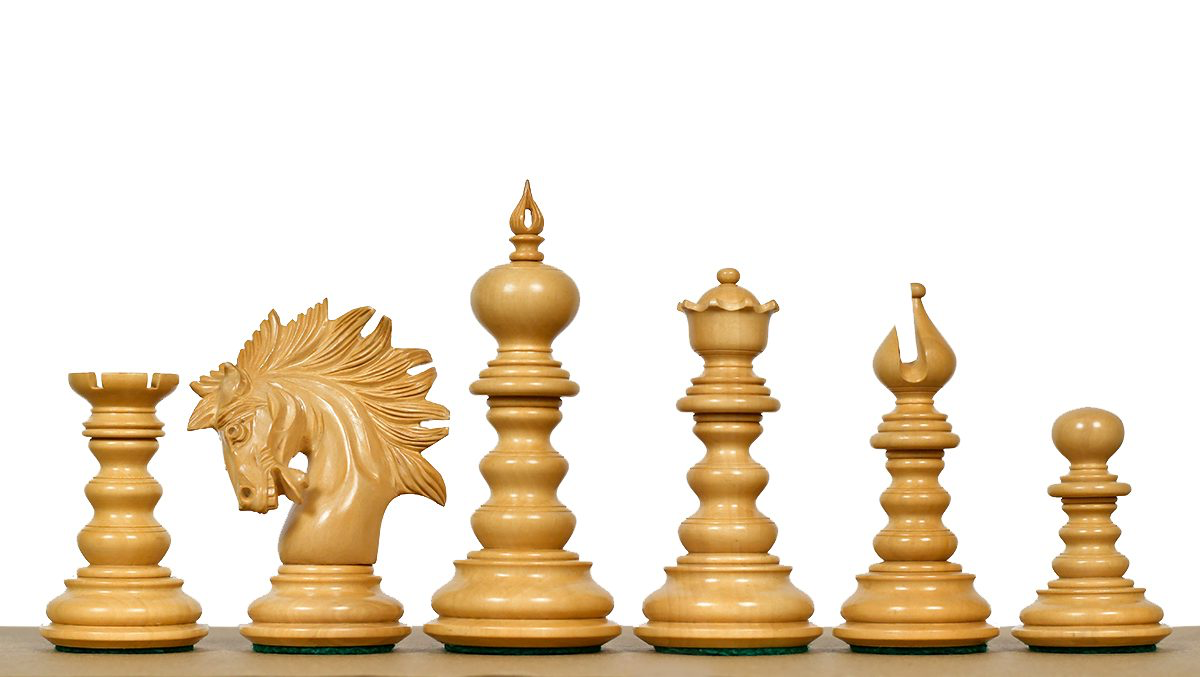
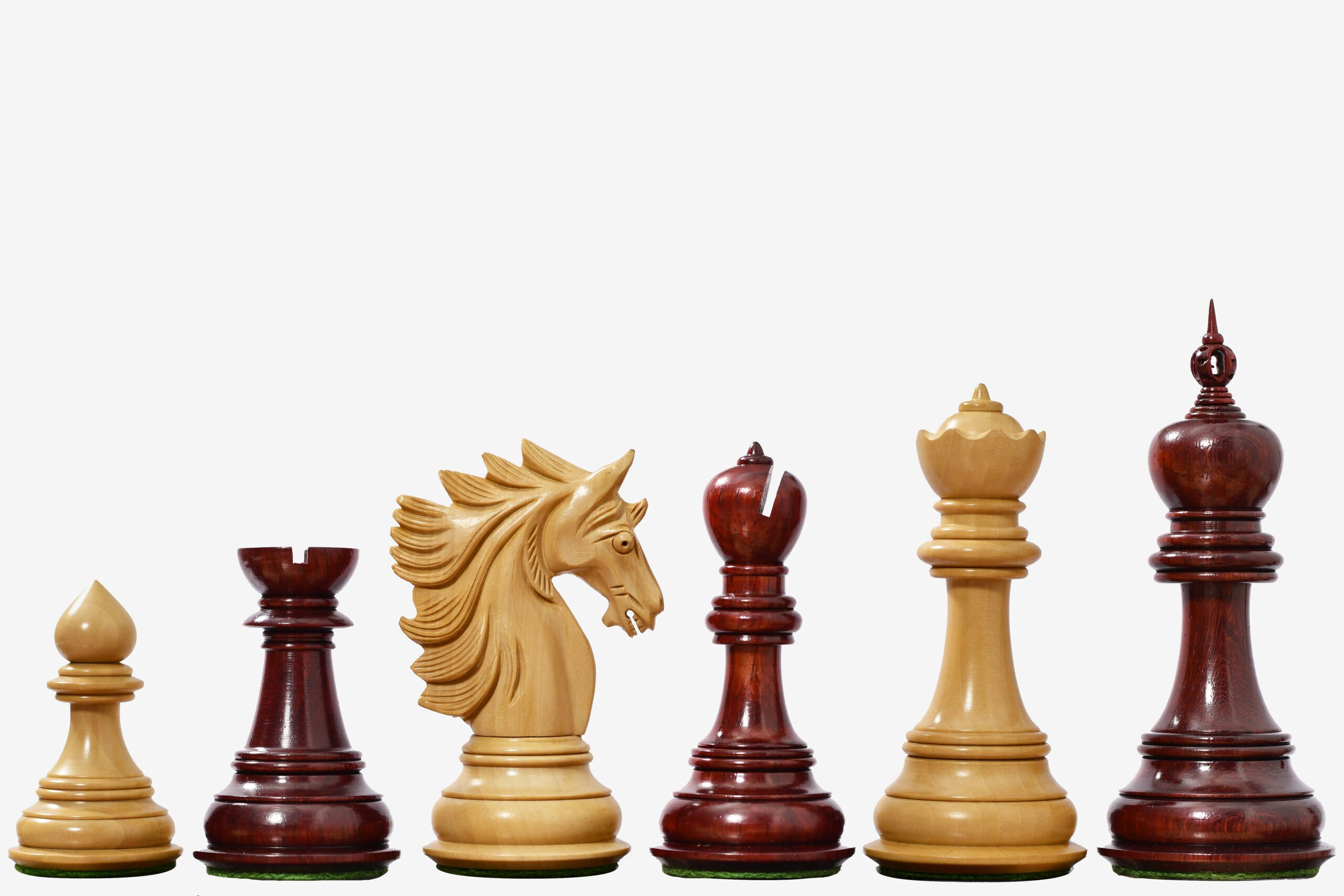
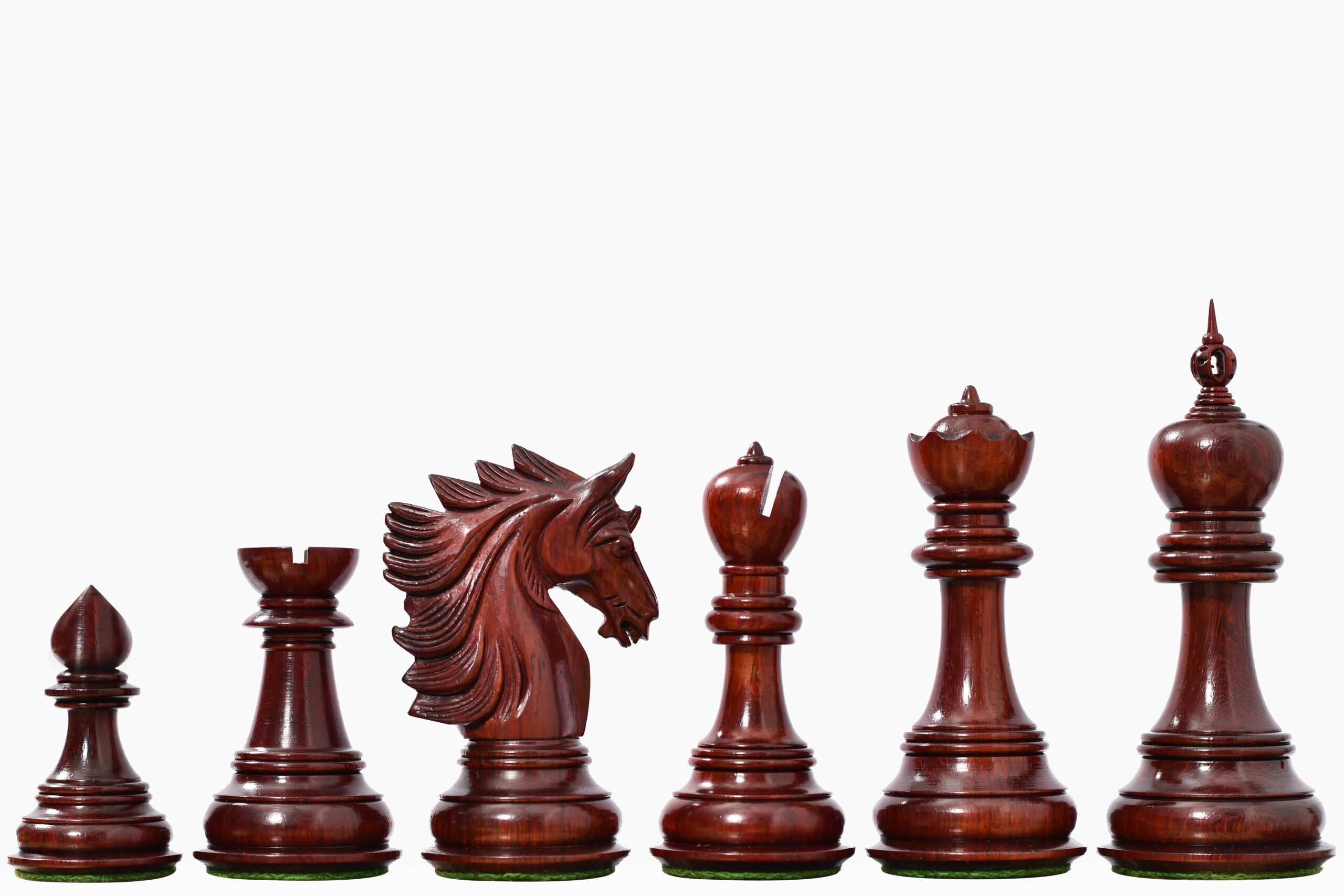
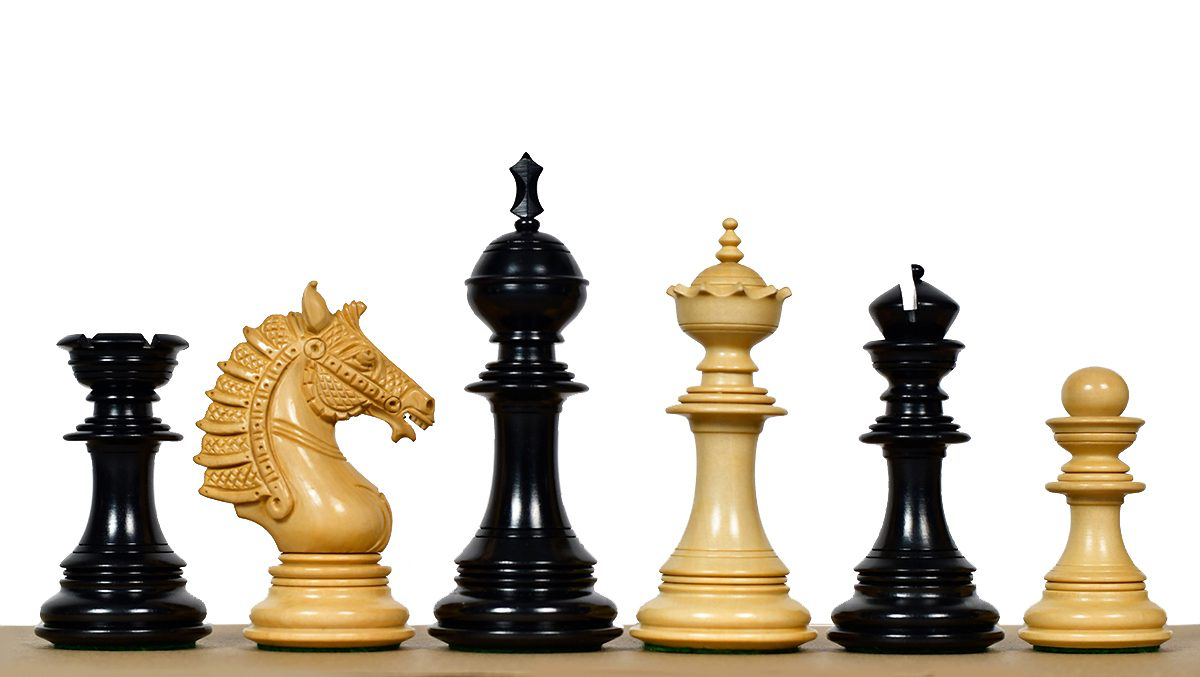
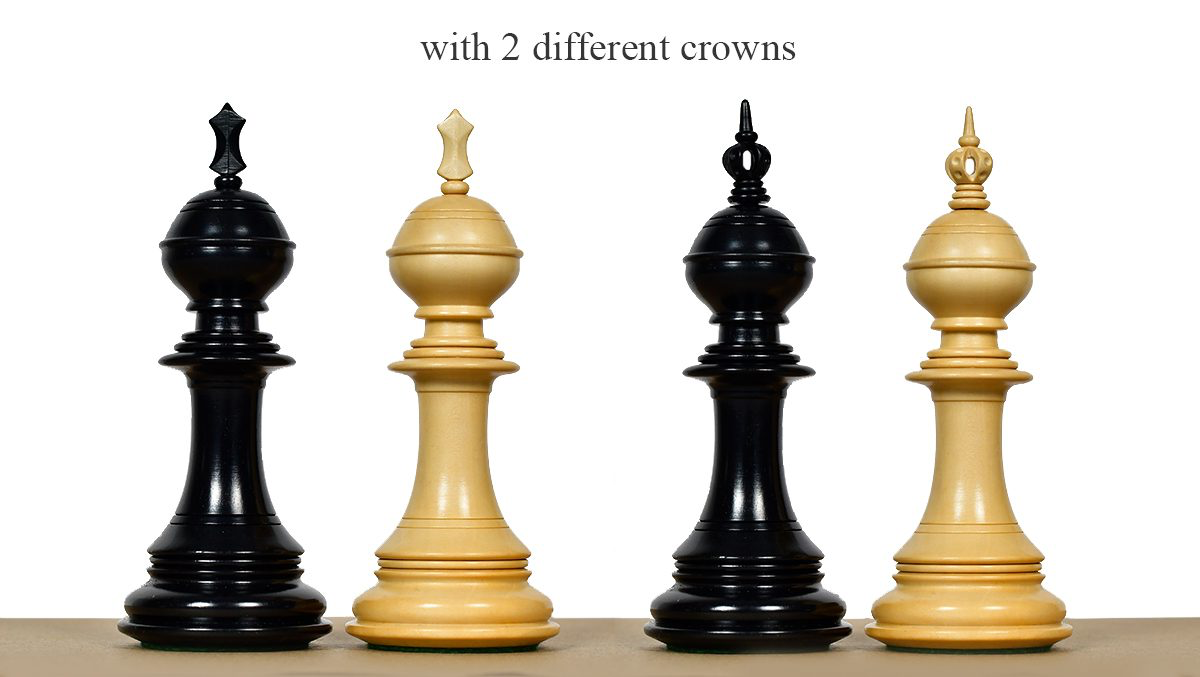
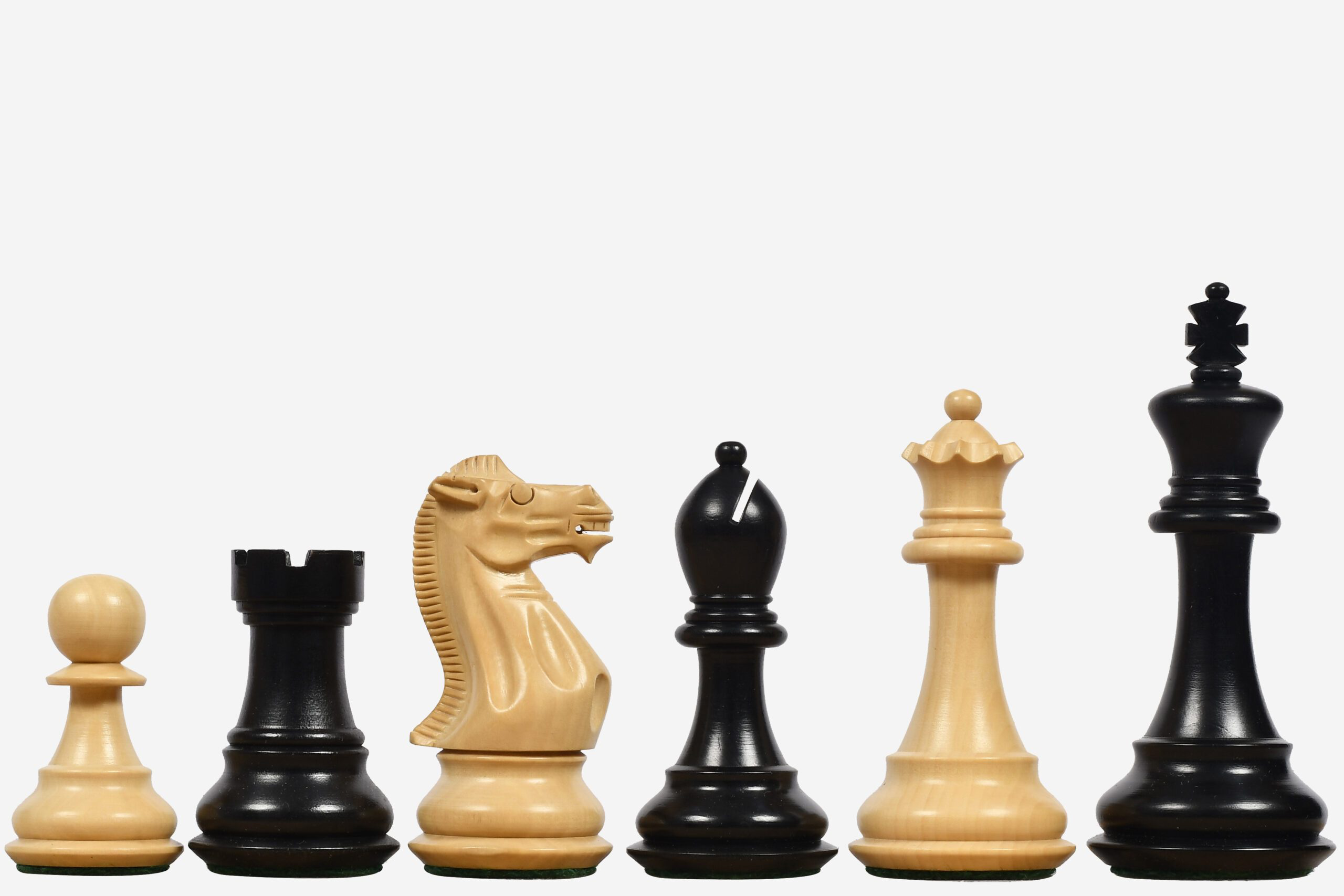
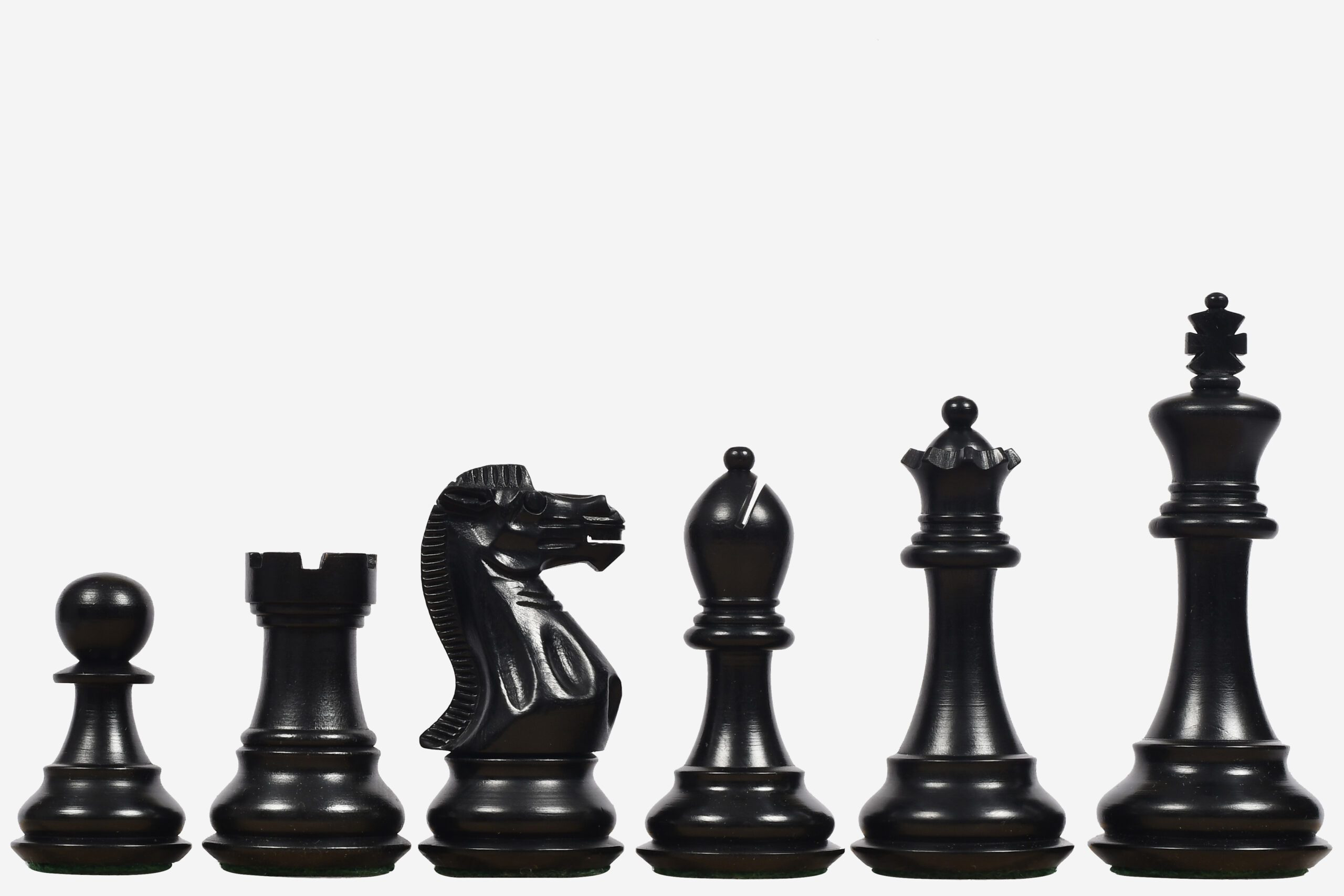
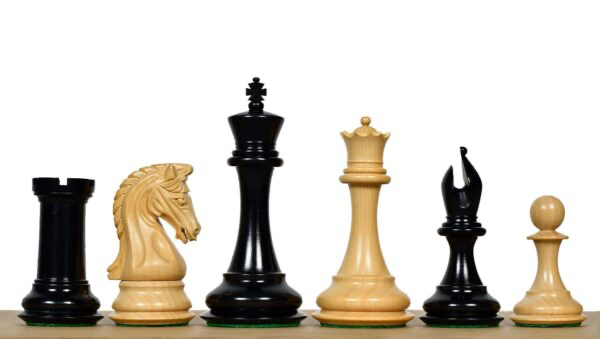
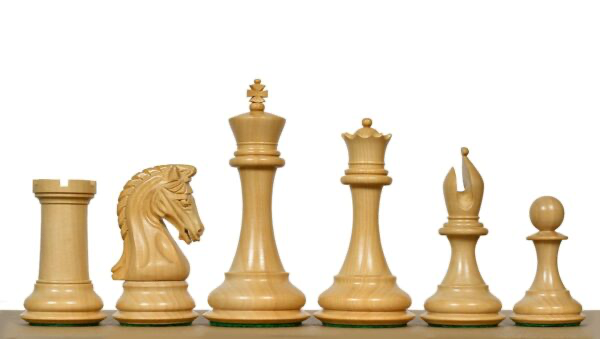
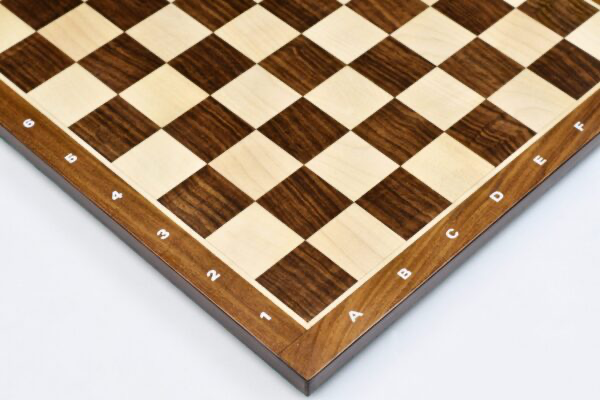
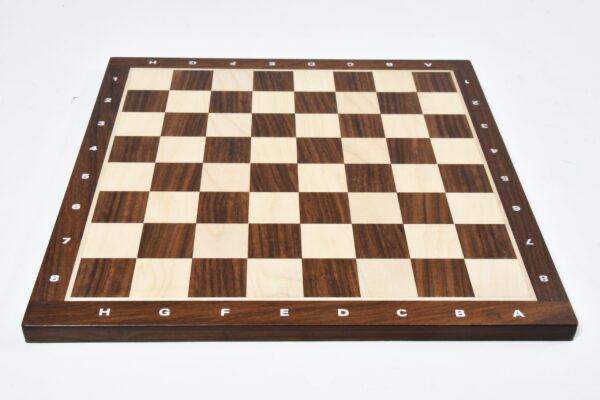
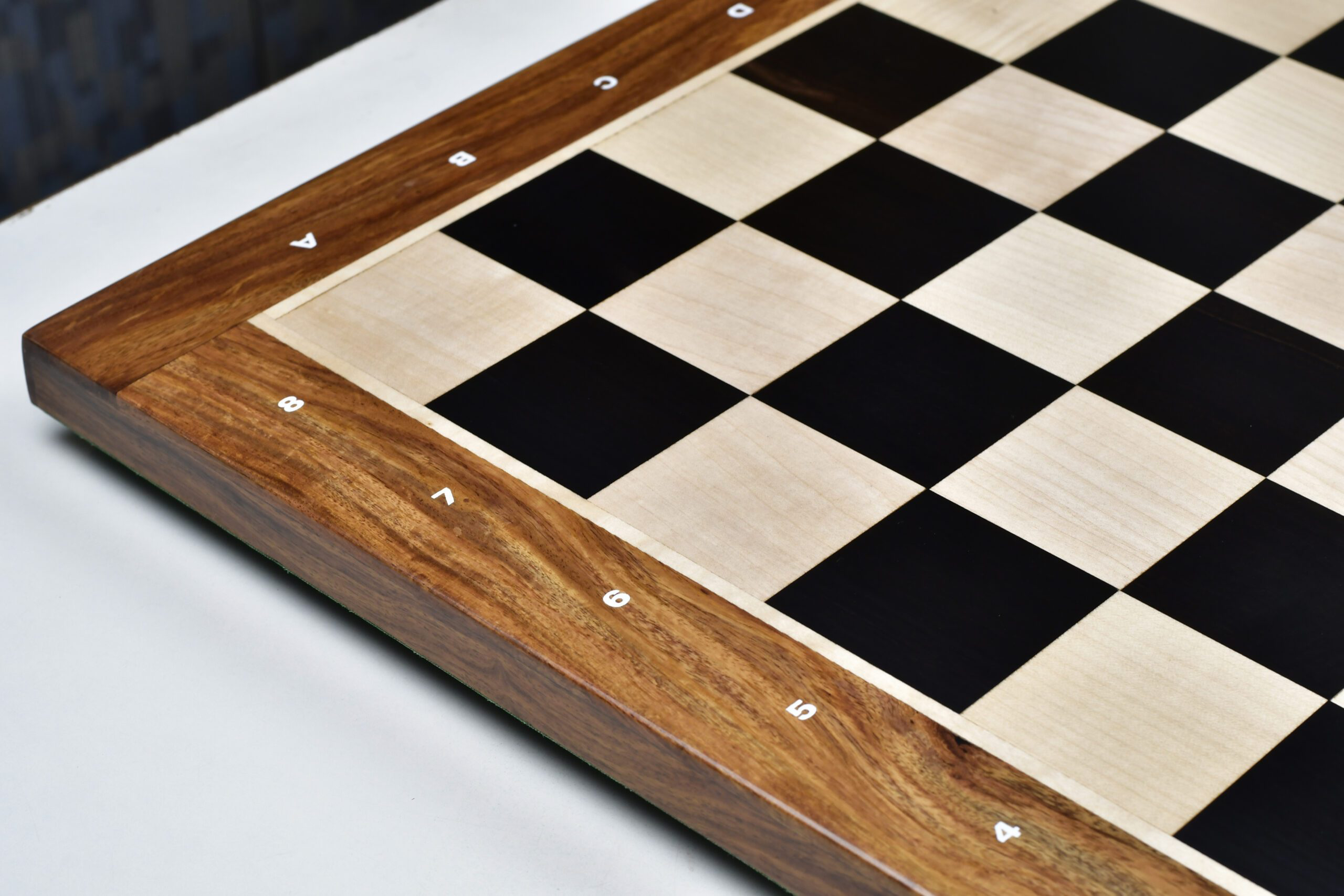
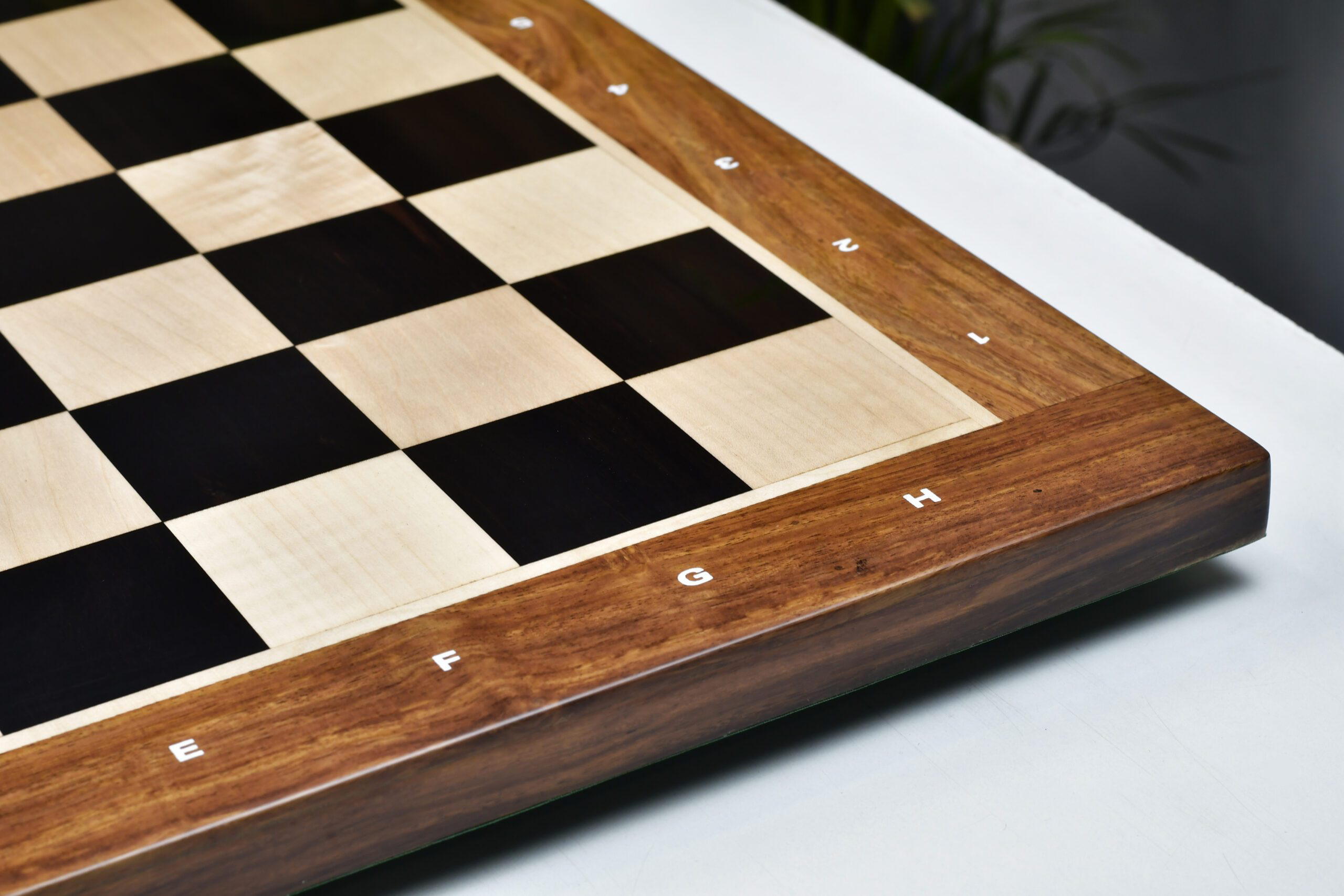


Leave a comment
All comments are moderated before being published.
This site is protected by hCaptcha and the hCaptcha Privacy Policy and Terms of Service apply.